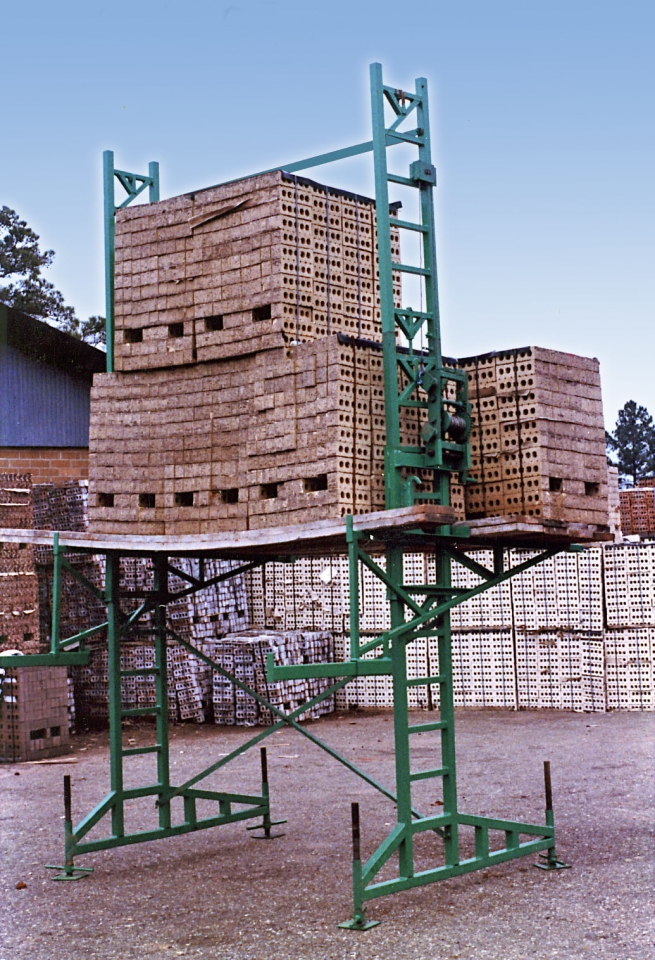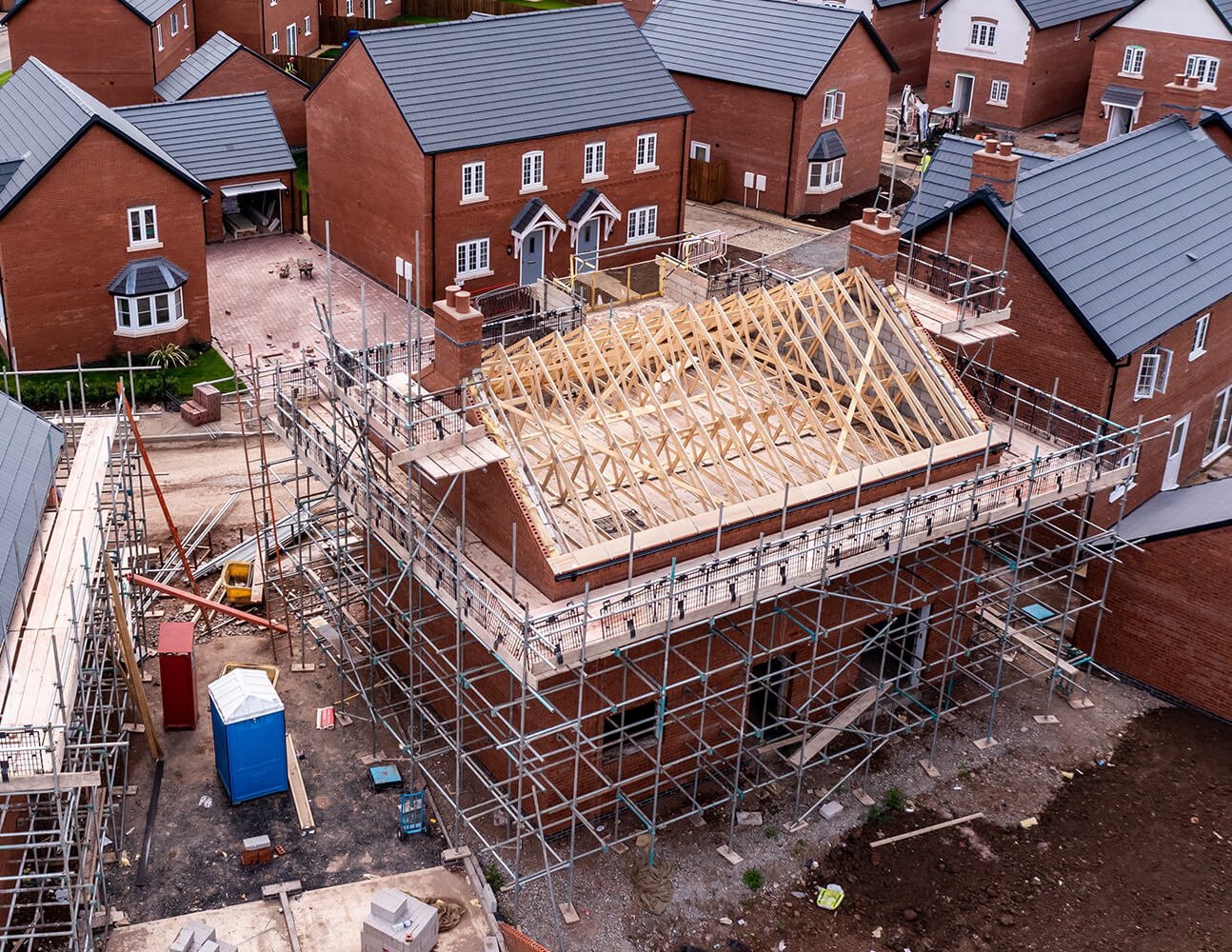Residential Scaffolding Solutions for Safe and Efficient Home Improvements
Residential Scaffolding Solutions for Safe and Efficient Home Improvements
Blog Article
A Comprehensive Guide to the Essential Functions of Scaffolding in Modern Construction
The landscape of modern-day building significantly counts on efficient scaffolding systems that prioritize technology, safety, and efficiency. As projects grow in intricacy, understanding the vital attributes of scaffolding comes to be essential for guaranteeing worker security and enhancing job timelines. This overview discovers numerous sorts of scaffolding, highlights key safety features, and analyzes material improvements that add to performance and sustainability. Nonetheless, the effects of these components expand much past plain construction practices, prompting a closer take a look at exactly how they affect total job success and worker well-being.
Types of Scaffolding
Although scaffolding systems can differ extensively in layout and application, they normally fall right into several unique categories that accommodate different building and construction needs - Scaffolding. One of the most common kinds include supported scaffolding, suspended scaffolding, and rolling scaffolding
Sustained scaffolding includes platforms supported by a structure of posts, which supply a raised and secure functioning surface area. This type is usually utilized for tasks that require significant elevation, such as bricklaying or external painting.
Put on hold scaffolding, alternatively, is utilized for tasks needing accessibility to high elevations, such as cleaning or repairing building facades. This system hangs from another structure or a rooftop, enabling workers to reduced or raise the platform as needed.
Rolling scaffolding functions wheels that enable simple wheelchair across a task site. It is especially helpful for tasks that require frequent moving, such as indoor job in big spaces.
Each sort of scaffolding is created with certain applications in mind, making sure that building jobs can be performed efficiently and properly. Recognizing these groups is crucial for picking the proper scaffolding system to satisfy both project needs and website conditions.
Key Safety And Security Functions
Security is vital in scaffolding systems, as the potential threats related to working at heights can bring about severe accidents otherwise appropriately managed. Trick security features are necessary to guarantee the well-being of employees and the honesty of the building site.
Firstly, guardrails are vital. These barriers supply a physical protect versus falls, dramatically decreasing the threat of major injuries. In addition, toe boards are commonly used to stop tools and materials from dropping off the scaffold, safeguarding employees below.
One more important element is making use of non-slip surface areas on platforms. This function boosts grip, particularly in adverse weather condition problems, thereby lessening the probability of slides and falls. Access ladders ought to be safely placed to promote safe entry and departure from the scaffold.
Routine examinations and maintenance of scaffolding systems are also important. These examinations ensure that all components remain in excellent condition and working properly, dealing with any kind of wear or damages immediately.
Lastly, proper training for all workers associated with scaffolding procedures is vital to make certain that they understand security procedures and can recognize prospective threats. Scaffolding. Jointly, these features create a safer working atmosphere and dramatically mitigate risks connected with scaffolding
Product Innovations
Improvements in material scientific research have dramatically influenced the scaffolding market, enhancing both security and efficiency in contemporary construction. The intro of high-strength steel and aluminum alloys has revolutionized traditional scaffolding systems. These products are not only lighter, making them much easier to transport and assemble, yet likewise supply exceptional load-bearing abilities. This causes scaffolding frameworks that can support greater weights while minimizing the threat of collapse.
In addition, ingenious composite products, such as fiberglass-reinforced plastics, have actually become feasible alternatives. These products are immune to deterioration and environmental deterioration, therefore expanding the life expectancy of scaffolding systems, particularly in harsh weather condition conditions. Using such materials contributes to reduce maintenance prices and makes certain constant efficiency gradually.


Design Factors To Consider
Considering the intricacies of modern-day building and explanation construction jobs, efficient scaffolding style is critical to guaranteeing both functionality and safety. Design factors to consider must encompass various variables, consisting of load capacity, height, and the specific needs of the building site. Each task presents one-of-a-kind difficulties, demanding a versatile approach scaffolder jobs to scaffolding systems that can adapt to differing conditions.
Architectural integrity is essential; therefore, engineers must calculate the lots that the scaffolding will support, including workers, materials, and devices. The selection of materials plays an important function in making certain the scaffolding can withstand these lots while continuing to be sturdy and light-weight. Furthermore, the layout needs to enable for simple gain access to and egress, facilitating the smooth motion of employees and materials.
Safety and security features, such as guardrails and non-slip surfaces, should be included to minimize risks of mishaps. The format must consider the surrounding atmosphere, consisting of prospective risks and adjacent frameworks. By attending to these design factors to consider, construction companies can enhance the performance of scaffolding systems and advertise a much safer working atmosphere, ultimately adding to the total success of the project.
Maintenance and Evaluations
The efficiency of scaffolding systems prolongs past preliminary layout and application; ongoing upkeep and regular evaluations are crucial to ensuring their continued performance and security throughout the period of a job. Regular assessments must be performed by certified workers to identify any signs of wear, damage, or instability that might endanger the honesty of the scaffolding.
Maintenance procedures should include routine checks of architectural components, such as slabs, fittings, and frames, guaranteeing that all aspects stay totally free and secure from rust or other degeneration. Furthermore, the capability of safety and security attributes, such as guardrails and toe boards, have to be examined to make sure conformity with security laws.
Paperwork of all assessments and upkeep tasks is essential for accountability and more helpful hints regulatory conformity. An organized approach to record-keeping not just help in tracking the condition of the scaffolding but also supplies required evidence in case of an event.
Eventually, developing a detailed maintenance and examination schedule will substantially reduce the danger of accidents and boost the general security of the building website. By focusing on these techniques, building and construction managers can guard employees and promote the task's stability.

Conclusion
To conclude, the crucial functions of scaffolding in modern building incorporate a variety of vital elements, consisting of varied kinds, crucial security mechanisms, product developments, and thoughtful layout considerations. Highlighting security through guardrails and non-slip surfaces, alongside developments in products like high-strength steel, boosts both efficiency and sustainability. Regular upkeep and evaluations are vital for making certain architectural stability and safety and security on construction websites, inevitably assisting in effective task implementation and advertising the wellness of workers.
The landscape of modern-day building and construction significantly relies on effective scaffolding systems that focus on effectiveness, safety, and innovation.Innovations in product science have actually considerably influenced the scaffolding sector, boosting both security and efficiency in modern building. In general, these product advancements not just improve the performance and security of scaffolding systems yet also align with the sector's push in the direction of sustainability, as several contemporary materials are created to be extra ecologically friendly.
Thinking about the complexities of modern building projects, effective scaffolding style is paramount to making certain both performance and security.In verdict, the crucial features of scaffolding in contemporary building include an array of critical aspects, including varied kinds, key security mechanisms, product technologies, and thoughtful design factors to consider.
Report this page